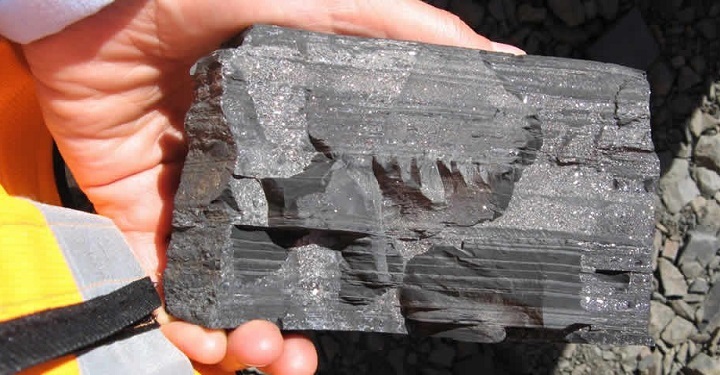Just recently, the International Lead and Zinc Study Group (ILZSG) announced its annual demand/supply prediction for the industry: global demand could exceed supply in this year. A deficit of 226,000 tonnes has been projected. If the predictions of the study group are met, this could mean a second consecutive year that the zinc market has experienced deficit.
The rise in demand for zinc, along with other industrial metals, is largely due to China’s new endeavors to break into modern technologies and buildings. As a result, investors have been vying for investments in zinc and other base metals like uranium and lithium.
With the ILZSG forecasting another year of supply not meeting demand, one would assume that zinc prices would, once again, rise. However, some investors have begun to wonder if zinc price could climb even higher than it currently is. Since 2016, zinc prices has practically doubled and those wanting to get into zinc investments have been unwilling to go for prices that are anywhere above $3,000 per metric tonne.
In addition, although zinc has been doing quite well recently, commodity markets have begun to show signs of falling early 2016. Metals such as nickel and copper have been seeing difficulties in gaining recently, and this can very well begin to ring true for zinc.
The sentiments of those making investments in zinc has shifted, possibly due to China’s increased efforts in limiting credit growth by stopping risky lending and bringing up borrowing costs — the country’s interest rate has been at its highest for the past two years.
Besides limiting credit growth, concern over China’s decrease in demand has also been due to disappointing reports in manufacturing that was released early 2017. Chinese media company, Caixin, had a purchasing manufacturing index (PMI) of 50.3, a number that did not meet the expectations of 51.2. It is the company’s worst manufacturing expansion since September 2016 — and while Caixin could still rise in expansion, weaker PMI’s could also be possible if China really buckles down on credit control.
What’s Next for Metal Investors?
In its 2017 forecast, the ILZSG accounted for China’s demand in zinc to be steady. Given China’s decision to limit credit growth and lowering numbers in the manufacturing sector, however, a steady growth might not be the case. As such, the projected deficit of 226,000 tonnes of zinc could go down. While investors could still make a couple of bucks from investing in zinc and buying the dips, the potential of earning big on zinc investments could very well have passed.
Featured Image: twitter










